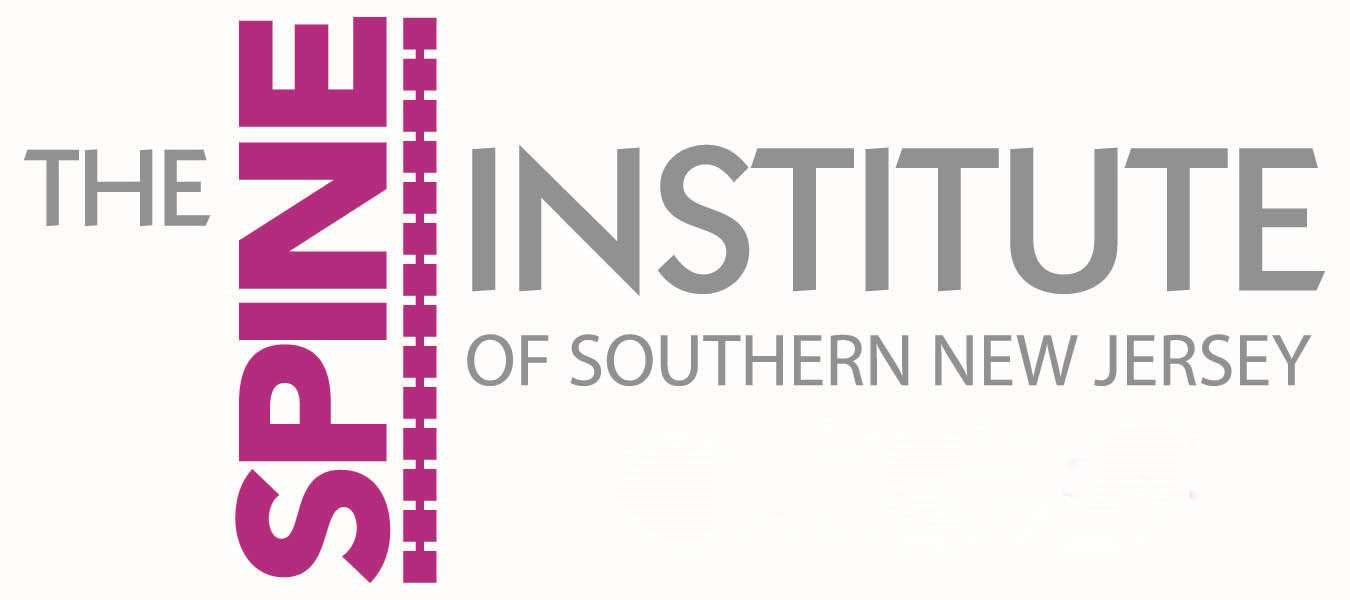Back, Neck and Spine Injuries
Injuries to the back, neck, or spine can occur in a variety of situations, including motor vehicle collisions, slip-and-fall accidents, and work-related accidents. Some injuries are from an identifiable incident, while others result from more subtle, gradual, long-term situations like postural habits, obesity, or the effects of aging.
Among the types of injuries we treat most frequently at The Spine Institute of Southern New Jersey are:
back sprains
A sprain is excessive stretching or tearing of a ligament that attaches muscle to bone. Symptoms of a sprain include pain and stiffness that may become more intense during activity. Treating a back sprain may be as simple as targeted exercise. With a course of physical therapy.
BACK STRAINS
A strain is excessive stretching or tearing of muscle tissue. Symptoms may include pain or soreness, which may get worse with mobility. As with strains, rest and special exercises may be sufficient to help patients recover. Medication, such as anti-inflammatories, can help manage pain during recovery.
DISK INJURIES
Although changes to the intervertebral discs can result from the effects of aging or long-term situations such as obesity, smoking, and diabetes, herniated intervertebral discs may also result from an accident or injury that affects the back or neck. The treatment choice, which depends on such factors as the severity and duration of the injury and the level of discomfort it causes, can range from conservative measures like anti-inflammatories, and physical therapy, epidural steroid injections, to surgery to remove a portion of a disc or even replace an entire disc.
Vertebral Fractures
Sometimes described in simple terms as a “broken back,” a vertebral fracture is more precisely described as a break in one or more parts of one or more of the 33 vertebrae (bones) that make up the cervical (neck), thoracic, and lumbar spine, along with the sacrum (the base of the spine, which joins with the pelvis, and the tailbone). Fractures may result from accidents or injuries. Small stress fractures or microfractures to vertebrae may also occur due to the effects of aging or of long-term stresses associated with certain types of activity or other factors such as obesity. Osteoporosis, a condition involving reduced bone density due to a deficiency of calcium in the body, may also put patients—especially older women—at risk of stress fractures. The most severe fractures are those that also involve injury, pinching, or irritation of the spinal cord or spinal nerves. Treatment of spinal fractures can range from conservative measures such as rest and/or immobilization to specialized spine surgeries.

